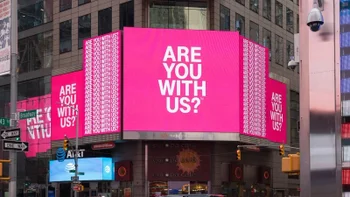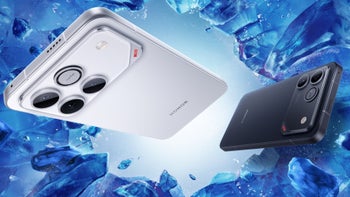Apple's OLED switcheroo to set an iPhone 13 flexible display record

In one fell swoop, Apple is predicted to become the world's largest client for modern flexible OLED displays, even after resisting the switch from LCD to OLED for years, and thus being late to the game - last year's most popular phone, the iPhone 11, still carries an LCD panel, for instance.
It was not until this year's iPhone 12 series announcement that Apple confirmed its complete LCD for OLED switcheroo, at least for its handset business. The release of the 6.1" iPhone 12 marks a watershed moment for the OLED panel industry, and, more specifically, for its flexible display section.
The iPhone 13 series flexible OLED displays
When it's time for the iPhone 13 production next year, it turns out, "half of the new flexible organic light-emitting diode (OLED) smartphones will be Apple iPhones," reports the market research company Stone Partners.
This year's estimate of flexible OLED smartphone shipments is forecast to be 270 million units, a big increase from last year thanks in no small part to Apple, whose iPhone 12 models are predicted to sell 90 million units by year's end.
In 2021, however, the continuing iPhone 12, 12 mini, 12 Pro and 12 Pro Max sales, and their respective iPhone 13 successors, are expected to push Apple's flexible OLED utilization to the whopping 160 million panels. This will boost the total production of this particular OLED type to 315 million units, despite the significant drop in demand expected from Huawei because of the US sanctions.
In fact, next year could be the first one when phones will use flexible displays more than they will use rigid OLED panels, again thanks to Apple's 180 degree turn on the display technology. It, after all, has to employ flexible panels in order to accommodate its gnawing Face ID module, and the biggest beneficiary from the switcheroo is likely to again be Samsung, even though Apple is trying to diversify its display supply chain with LG or BOE.
Apple is looking for ways out of its co-dependency with Samsung, including working on things like microLED technology. Last year, Apple tried to move away from Samsung by probing LG and BOE but their yield wasn't nearly enough for anything but small batches or repair parts, so Samsung again got the lion's share of iPhone OLED supply orders.
Now, however, Apple is apparently confident that LG is finally up to the task, and Korean media has been reporting that it has ordered 20 million 6.1" iPhone 12 panels from it. The 12 is a direct heir of the iPhone 11 which in turn has been the most popular phone to buy in the US since launch.
The fact that Apple is trusting LG with its 6.1" OLED panel demonstrates a level of preparedness that LG probably didn't have last year, and explains the heavy investments and prioritization of its small and medium size OLED panel production lines. The other three new iPhones - the 5.4" iPhone 12 mini, the 6.1" iPhone 12 Pro, and the 6.7" iPhone 12 Pro Max - have displays supplied by Samsung, to the tune of at least 55 million orders in total. Those figures show that Apple expects at least 75 million iPhones to be sold in the first quarter after the iPhone 12 release in the fall, and a big chunk of those may be with LG-made displays.
Now, however, Apple is apparently confident that LG is finally up to the task, and Korean media has been reporting that it has ordered 20 million 6.1" iPhone 12 panels from it. The 12 is a direct heir of the iPhone 11 which in turn has been the most popular phone to buy in the US since launch.
The fact that Apple is trusting LG with its 6.1" OLED panel demonstrates a level of preparedness that LG probably didn't have last year, and explains the heavy investments and prioritization of its small and medium size OLED panel production lines. The other three new iPhones - the 5.4" iPhone 12 mini, the 6.1" iPhone 12 Pro, and the 6.7" iPhone 12 Pro Max - have displays supplied by Samsung, to the tune of at least 55 million orders in total. Those figures show that Apple expects at least 75 million iPhones to be sold in the first quarter after the iPhone 12 release in the fall, and a big chunk of those may be with LG-made displays.
For comparison, Samsung is forecast to increase its flexible OLED Galaxy phones from 53 million units in 2020, to 90 million units next year. A huge jump yet Samsung Display's biggest customer in 2021 may turn out to be Apple, rather than Samsung's own high-end phones.
Follow us on Google News













Things that are NOT allowed:
To help keep our community safe and free from spam, we apply temporary limits to newly created accounts: